Home>Interior Design>Dining Room Wall Ideas: 15 Dazzling Diner Decor Tips
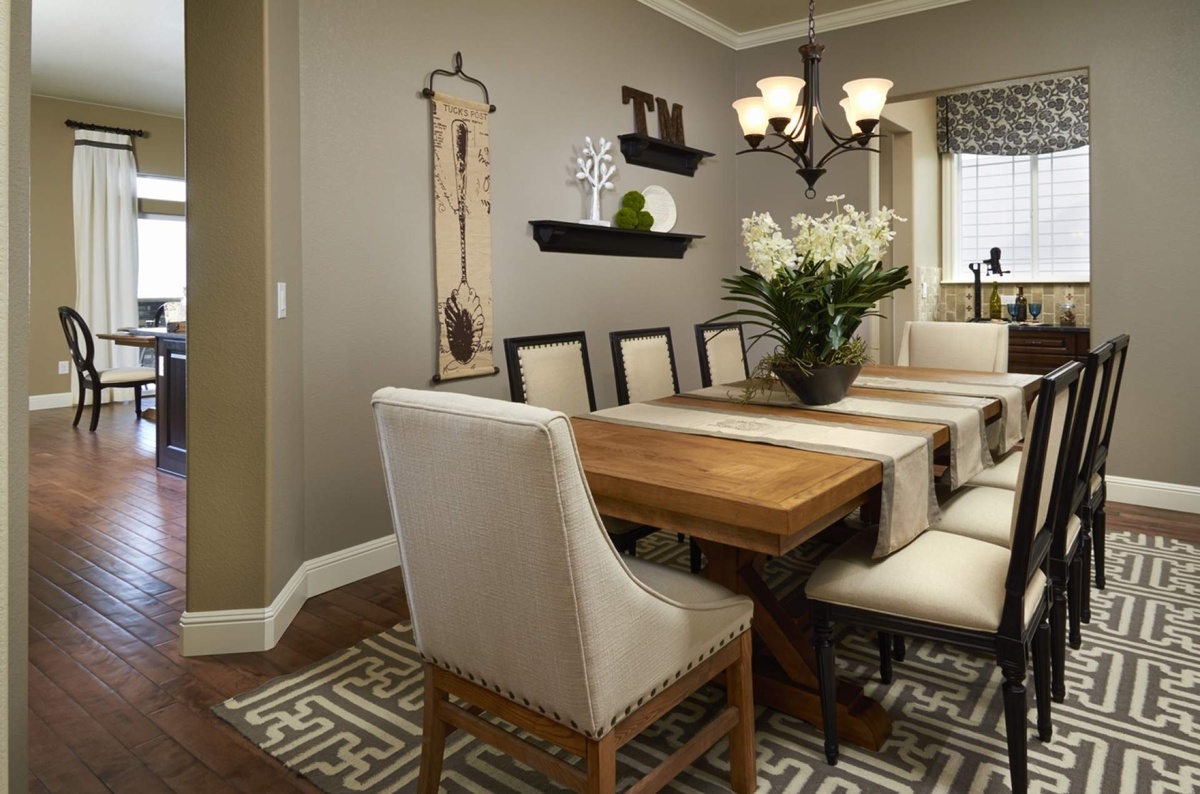

Interior Design
Dining Room Wall Ideas: 15 Dazzling Diner Decor Tips
Modified: September 1, 2024
Transform your dining room with these stunning interior design ideas for the walls. From vibrant colors to unique textures, discover 15 dazzling tips to create a stylish diner decor.
(Many of the links in this article redirect to a specific reviewed product. Your purchase of these products through affiliate links helps to generate commission for Storables.com, at no extra cost. Learn more)
Introduction
The dining room is not just a space for meals; it’s a place where memories are made and conversations are shared. As one of the most important rooms in our homes, it deserves special attention when it comes to interior design. And one aspect that can truly transform the look and feel of a dining room is the walls.
When properly designed, dining room walls can become a captivating focal point, elevating the overall aesthetic of the space. From accent walls to artwork displays, there are numerous creative and dazzling ideas that can turn an ordinary dining room into an extraordinary one.
In this article, we will explore 15 dining room wall ideas that will inspire you to create a stunning diner decor. Whether you prefer a modern and minimalist style or a more traditional and eclectic approach, there’s something for everyone to discover. So let’s dive in and explore the exciting possibilities for your dining room walls.
Key Takeaways:
- Elevate your dining room with captivating accent walls, vintage decor, and creative paint techniques to infuse personality and style into the space.
- Transform your dining room into a visually captivating and inviting area by incorporating statement lighting, natural elements, and artistic wall hangings for a personalized touch.
Accent Wall Designs
An accent wall is a fantastic way to add a pop of color and visual interest to your dining room. It creates a focal point that draws the eye and adds depth to the space. There are various ways to create an accent wall, depending on your style and preferences.
One popular option is to use bold and vibrant paint colors. Choose a color that complements the overall color scheme of your dining room and select one wall to be the accent. It could be the wall behind the dining table or a wall that is adjacent to it. A rich and deep shade like emerald green, navy blue, or burgundy can instantly create a sense of drama and sophistication.
Another way to create an accent wall is by using wallpaper. Wallpaper designs have come a long way, and there are countless options available to suit every taste. Opt for a patterned wallpaper with intricate designs or a textured wallpaper that adds dimension to the wall. Geometric prints, floral motifs, and metallic accents are popular choices for creating a stunning accent wall.
If you prefer a more rustic or industrial look, consider using reclaimed wood or exposed brick for your accent wall. This can add warmth, charm, and a unique texture to your dining room. You can choose to keep the natural wood tones or paint the wood in a color that complements your decor.
Don’t be afraid to get creative with your accent wall. You can experiment with different materials like stone, tile, or even fabric to create a one-of-a-kind design that reflects your personality. Remember, the key is to make the accent wall stand out while maintaining a cohesive look with the rest of the dining room.
By incorporating an accent wall into your dining room design, you can instantly transform the space into a visually captivating and inviting area for dining and entertaining.
Wallpaper Options
When it comes to dining room wall decor, wallpaper is a versatile and stylish option that can instantly elevate the look of your space. From bold patterns to subtle textures, there are endless possibilities to choose from. Here are some wallpaper options to consider for your dining room:
1. Floral Prints: Bring a touch of nature into your dining room with floral wallpapers. Whether you go for large-scale blooms or delicate botanical patterns, floral prints can add a fresh and vibrant atmosphere to your dining area.
2. Geometric Patterns: If you prefer a more modern and contemporary look, consider geometric wallpaper designs. Geometric patterns can add visual interest and create a dynamic focal point in your dining room. Opt for bold and contrasting colors for a striking effect.
3. Textured Wallpaper: Add depth and dimension to your dining room walls with textured wallpaper. From faux brick to raised patterns, textured wallpaper can create a visually appealing backdrop that enhances the overall ambiance of the space.
4. Damask Designs: For an elegant and sophisticated dining room, consider damask-printed wallpapers. These intricate and ornate designs can add a touch of luxury and timeless beauty to your space. Pair them with classic furniture and chandeliers for a stunning effect.
5. Metallic Accents: Metallic wallpapers are a great way to bring a touch of glamour and shine to your dining room. Whether you choose gold, silver, or copper accents, metallic wallpapers can create a luxurious and inviting atmosphere that is perfect for formal dinners and gatherings.
6. Vintage-Inspired Prints: If you love a retro or vintage aesthetic, consider wallpaper with vintage-inspired prints. From nostalgic floral motifs to retro geometric designs, vintage wallpapers can transport you back in time and add a charming and unique touch to your dining room.
7. Faux Finishes: If you want the look of a specific material without the cost or effort of installation, opt for wallpaper with faux finishes. From faux wood to faux marble, these wallpapers can mimic the appearance of various materials and add a touch of sophistication to your dining space.
When choosing wallpaper for your dining room, consider the overall style and color scheme of the room. Look for designs that complement your furniture and decor, and don’t be afraid to be bold and adventurous. Wallpaper offers a versatile and impactful way to transform your dining room into a space that’s uniquely your own.
Mural and Artwork Displays
Using murals or artwork displays on your dining room walls is an excellent way to infuse personality and creativity into the space. Here are some ideas to inspire you:
1. Wall Murals: A wall mural can serve as a stunning focal point in your dining room. Choose a mural that reflects your style and complements the overall decor. From nature-inspired landscapes to abstract art, there are countless options available. Consider hiring a professional artist to create a custom mural tailored to your preferences.
2. Gallery Wall: Create a gallery wall filled with your favorite artworks and photographs. Mix and match different sizes and frames to create an eye-catching arrangement. This allows you to showcase your personal taste and memories while adding visual interest to the room. You can also choose a specific theme for your gallery wall, such as black and white photographs, vintage art, or a collection of abstract paintings.
3. Statement Artwork: Make a bold statement with a large-scale artwork that dominates one wall of your dining room. Choose an artwork that speaks to your style and adds a focal point. Whether it’s a vibrant abstract painting, a dramatic sculpture, or a unique mixed-media piece, bold artwork can become a conversation starter and create a captivating atmosphere.
4. Plate Display: Utilize your dining room walls to showcase decorative plates. Arrange them in an artistic pattern or line them up symmetrically for an organized look. This showcases your collection and adds a touch of elegance to the dining room. Choose plates with intricate designs, vibrant colors, or vintage patterns to add visual interest.
5. Floating Shelves: Install floating shelves on your dining room walls to display small sculptures, figurines, or other three-dimensional artwork. This adds depth and dimension to the space and allows you to curate a display that reflects your interests and style.
6. Mirrored Art: Consider using mirrors with artistic frames as a form of wall decor. Mirrors can help create a sense of space and reflect light, making your dining room appear larger and more inviting. Look for mirrors with unique frames that double as artwork.
Remember, when displaying artwork in your dining room, consider the scale, placement, and overall aesthetic. The goal is to create a visually appealing arrangement that enhances the ambiance of the space, making it an enjoyable and captivating environment for dining and entertaining.
Mirror Magic
When it comes to dining room wall decor, mirrors are an excellent choice that can have a significant impact on the overall look and feel of the space. They not only serve a functional purpose but also add a touch of elegance and depth to the dining room. Here are some ideas for incorporating mirrors into your dining room:
1. Statement Mirror: Hang a large, statement mirror on one wall of your dining room to create a focal point. Choose a mirror with an ornate frame or a unique shape that complements the style of your dining room. This can help reflect light and make the space appear larger and more open.
2. Mirror Wall: Create a stunning visual effect by covering an entire wall with mirrors. This can add an element of glamour and sophistication to your dining room. Opt for mirrored tiles or panels to create an elegant and reflective backdrop. This technique works particularly well in smaller dining rooms, as it creates the illusion of a larger space.
3. Mirrored Furniture: Incorporate mirrored furniture pieces into your dining room to enhance the style and functionality of the space. A mirrored buffet or sideboard can add a touch of glamour and provide extra storage. Mirrored display cabinets or bar carts can showcase your collection of glassware or dinnerware.
4. Mirror Accent Wall: Instead of using traditional wallpaper or paint, consider creating an accent wall with mirrors. Arrange multiple mirrors in various shapes and sizes to form an eye-catching pattern. This not only adds visual interest but also reflects light and creates a sense of depth.
5. Mirror Gallery: Create a gallery wall using a collection of small mirrors. Mix and match different frames and shapes to create a captivating arrangement. This allows you to showcase your personal style and adds a touch of whimsy to the dining room.
6. Leaning Mirror: Instead of hanging a mirror on the wall, lean a large floor mirror against one wall of your dining room. This creates a relaxed and casual vibe while adding a stylish element to the space. The mirror can help visually expand the room and provide a convenient spot for last-minute outfit checks before dinner parties.
When incorporating mirrors into your dining room, be mindful of their placement and the overall balance of the space. Mirrors can reflect light and create a sense of openness, but they can also amplify clutter or undesirable reflections. Experiment with different mirror placements and styles to find the perfect balance that suits your dining room’s design aesthetic.
Gallery Wall Inspiration
If you’re looking to add a personal and artistic touch to your dining room walls, creating a gallery wall is the perfect solution. Gallery walls allow you to display a curated collection of artwork, photographs, and other decorative items that reflect your style and tell a story. Here are some tips and inspiration for creating a stunning gallery wall in your dining room:
1. Plan and Layout: Before you start hanging artwork, plan out your gallery wall layout. Consider the size and shape of your dining room wall and determine the arrangement that best complements the space. You can create a symmetrical grid, a random collage, or a structured arrangement with different-sized frames.
2. Mix and Match: Don’t be afraid to mix and match different types of artwork and frames. Combine family photographs, paintings, prints, and even three-dimensional objects to create a diverse and visually interesting gallery wall. Play with different textures, colors, and frame styles for a unique and eclectic look.
3. Create a Theme: Choose a theme or cohesive color palette for your gallery wall. This will give it a sense of cohesion and ensure that the collection of artwork is visually harmonious. For example, you could have a gallery wall featuring black and white photography, botanical prints, or a collection of abstract art.
4. Consider Frame Placement: Experiment with different frame placements within your gallery wall. Some artwork may be hung in a straight line, while others might overlap or hang at varying heights. This adds an element of visual interest and creates a dynamic display.
5. Add Depth with Objects: Incorporate three-dimensional objects into your gallery wall to add depth and texture. You can hang decorative plates, woven baskets, or even small shelves to display unique items that complement your artwork.
6. Use Templates: If you’re unsure about how to arrange your gallery wall, use templates. You can create paper cutouts or use online tools to plan and visualize the layout before putting any nails in the wall. This helps you experiment with different arrangements without damaging the wall.
7. Lighting Considerations: Proper lighting is crucial for displaying your gallery wall effectively. Consider adding spotlights or wall sconces to highlight specific pieces and create a dramatic effect. Avoid placing your gallery wall in an area that receives direct sunlight, as this can cause fading and damage to your artwork.
A gallery wall can add character and personality to your dining room, creating a visually captivating and thought-provoking space. Experiment with different arrangements, artwork styles, and objects to create a gallery wall that truly reflects your unique style and interests.
Shelving and Display Units
Shelving and display units offer not only practical storage solutions but also serve as a stylish way to showcase your dining room decor. They provide a platform for displaying decorative items, collectibles, and even functional pieces like glassware. Here are some ideas for incorporating shelving and display units into your dining room:
1. Floating Shelves: Floating shelves are a versatile option that can be easily installed on your dining room walls. They offer a minimalist and modern look, allowing you to display your favorite items without occupying too much visual space. Arrange them in a staggered or symmetrical pattern to create a visually pleasing display.
2. Open Shelving: Open shelves can be an excellent addition to a dining room, providing both storage and display space. Opt for sleek and minimalist shelving units to showcase your collection of dishes, glassware, and decorative items. Consider organizing items by color or style for a visually appealing arrangement.
3. Built-in Display Cabinets: If you have the space, consider installing built-in display cabinets along one wall of your dining room. These cabinets can have glass doors to showcase your treasured dishes, fine china, or collectibles. Add interior lighting to highlight the items on display and create an elegant and sophisticated look.
4. Credenza or Sideboard: A credenza or sideboard with display shelves is not only practical for storing dining essentials but also provides an opportunity to display decorative items on top. Arrange attractive vases, sculptures, or artwork on the surface while using the shelves to showcase books, plants, or small decorative pieces.
5. Vintage Bookcase: Consider using a vintage bookcase as a display unit in your dining room. Look for an antique or repurposed bookcase with interesting details and character. Display books, decorative accents, and sentimental items to add a unique touch to your dining room decor.
6. Wall Niche: If your dining room has a wall niche or alcove, transform it into a display area. Install shelves or display ledges to showcase artwork, sculptures, or other decorative items. Consider adding accent lighting within the niche to highlight the items on display.
7. Rotating Display Stand: For a dynamic and unique display option, consider a rotating display stand. This allows you to showcase multiple items on different levels, creating an interactive and eye-catching arrangement. Use it to display small plants, decorative figurines, or even small artwork pieces.
When incorporating shelving and display units, consider the overall style and aesthetic of your dining room. Choose pieces that complement your existing decor and reflect your personal style. Keep the shelves organized and curated, striking a balance between functionality and visual appeal.
Statement Lighting Fixtures
Lighting plays a crucial role in setting the ambiance and enhancing the overall aesthetic of your dining room. Statement lighting fixtures not only provide functional illumination but also serve as stylish focal points that can transform the space. Here are some ideas for incorporating statement lighting fixtures in your dining room:
1. Chandeliers: A chandelier is a classic and elegant lighting option for dining rooms. Choose a chandelier that complements the style of your dining room, whether that be modern, traditional, or eclectic. Opt for a size that suits the proportions of your dining table and consider designs with unique shapes, materials, or crystal accents for added visual impact.
2. Pendant Lights: Pendant lights are versatile and can be used in various dining room styles. Hang a group of pendant lights in different heights and sizes above your dining table to create a stunning visual display. Choose designs that complement your decor and provide the right amount of illumination for dining.
3. Statement Chandelier: Make a bold statement with an oversized or unconventional chandelier as the centerpiece of your dining room. Opt for a chandelier with a unique design, such as one made from unconventional materials, or a modern, abstract shape. This will create a dramatic and eye-catching focal point in your dining space.
4. Sconces: Consider adding wall sconces to your dining room to provide additional ambient lighting and create a layered illumination effect. Install sconces on the walls adjacent to the dining table or on either side of a mirror or artwork. Choose designs that complement your overall lighting scheme and add decorative appeal.
5. Track Lighting: Track lighting can provide flexibility in adjusting the direction and intensity of light in your dining room. Use track lighting to highlight specific areas, such as a buffet or a gallery wall. Opt for designs with adjustable fixtures to create different lighting effects as needed.
6. Statement Floor Lamp: If you have a corner in your dining room that needs additional lighting or want to add a touch of uniqueness, consider a statement floor lamp. Choose a floor lamp with a striking design or a sculptural shape that complements the overall style of your dining room. This will add both functionality and artistic flair to the space.
7. Cascading Lights: For a modern and artistic touch, consider cascading lights that hang at varying heights from the ceiling. This can create a visually stunning and dynamic effect above your dining table. Opt for designs that feature sculptural elements or unique geometric shapes.
When choosing statement lighting fixtures, consider the size of your dining room, the height of your ceiling, and the overall aesthetic you want to achieve. Ensure that the lighting fixtures provide sufficient illumination for dining while adding a wow factor to the space. With the right lighting, you can create a captivating and inviting atmosphere for your dining experiences.
Creative Paint Techniques
Painting your dining room walls is a great way to add character and style to the space. Instead of sticking to a traditional single-color paint job, consider incorporating creative paint techniques that can elevate the look of your dining room. Here are some ideas to inspire you:
1. Two-Tone Walls: Create visual interest by painting your dining room walls with two contrasting colors. One option is to paint the upper half of the wall with a lighter color and the lower half with a darker shade. This can visually divide the space and add a touch of sophistication. Alternatively, you can paint the walls in a vibrant hue and add a contrasting color as an accent on one wall.
2. Ombre Effect: Add a subtle and gradient effect to your dining room walls with an ombre paint technique. Start with a lighter shade of your chosen color at the top of the wall and gradually fade to a darker shade at the bottom. This creates a soft and calming effect that adds depth to the room.
3. Stripes: Create a timeless and visually appealing look with striped walls. Choose two complementing colors and use painter’s tape to create horizontal or vertical stripes on the walls. Stripes can make a small dining room appear larger or add a playful touch to a larger space.
4. Stenciling: Stenciling is a fantastic way to add intricate patterns or designs to your dining room walls. Choose a stencil that complements your decor style, such as floral motifs, geometric patterns, or intricate damask designs. Layer the stencil over your base coat color and gently apply paint to create a stunning and personalized look.
5. Faux Finishes: Create the illusion of texture and depth with faux finishes on your dining room walls. Techniques such as faux brick, faux marble, or faux wood can add a touch of sophistication and bring a unique element to your space. These finishes can be achieved with special paint treatments or using wallpaper that mimics the desired finish.
6. Color Blocking: Make a bold statement with color blocking. Choose two or more contrasting colors and paint different sections of the wall in each color. This can create a modern and artistic look that adds vibrancy and visual interest to your dining room.
7. Mural Accent Wall: Transform one wall of your dining room into a mural accent wall. Hire a professional artist or create a DIY mural to showcase a captivating scene, a nature-inspired landscape, or an abstract design. This creates a unique and personalized focal point that sets the tone for the entire room.
When selecting a dining room paint color, it’s essential to properly prepare and prime the walls, ensuring adherence to the guidelines for each creative painting method. Explore various color palettes, designs, and finishes to discover the ideal artistic painting technique that not only mirrors your personal taste but also enriches the atmosphere of your dining room.
Consider using a bold wallpaper or a vibrant paint color on one accent wall to create a focal point in your dining room. This can add visual interest and make the space feel more dynamic.
Read more: What To Put On Dining Room Wall
Natural Elements and Botanical Prints
Bringing the beauty of nature into your dining room can create a calming and refreshing ambiance. Incorporating natural elements and botanical prints in your decor can add a touch of greenery and a connection to the outdoors. Here are some ideas to help you infuse your dining room with the beauty of nature:
1. Indoor Plants: Plants are a wonderful way to introduce natural elements into your dining room. Choose indoor plants that thrive in low-light conditions and are easy to maintain, such as snake plants, pothos, or peace lilies. Place them on a sideboard, shelving unit, or even on the dining table as a centerpiece.
2. Botanical Artwork: Decorate your dining room walls with botanical prints or paintings. These can feature various types of plants, flowers, or intricate botanical illustrations. Opt for large-scale prints or a gallery wall of smaller botanical artwork to create a stunning focal point.
3. Floral Tablecloth or Napkins: Dress up your dining table with a floral tablecloth or a set of botanical print napkins. This adds a touch of color, pattern, and natural inspiration to your table setting, creating a fresh and inviting atmosphere.
4. Woven Accents: Incorporate woven elements like rattan placemats, bamboo shades, or seagrass rugs into your dining room design. These natural textures add warmth and visual interest while evoking a coastal or bohemian vibe.
5. Natural Wood Furniture: Choose dining furniture made from natural wood to add an earthy and organic element to your dining room. Opt for a wooden dining table, chairs, or a sideboard with beautiful grain patterns and warm tones. This creates a rustic and inviting atmosphere for mealtime gatherings.
6. Botanical Wallpaper: Consider adding botanical wallpaper to one wall of your dining room. This can feature larger-than-life prints of leaves, flowers, or tropical motifs. Botanical wallpaper adds an instant wow factor and brings the beauty of nature into your space.
7. Natural Centerpieces: Create beautiful centerpieces using natural elements like fresh flowers, branches, or a collection of pebbles and seashells. This adds a touch of elegance and connects your dining room to the natural world.
To create a cohesive look, combine multiple natural elements and botanical prints in your dining room. Mix and match textures, colors, and patterns to find the perfect balance. This combination of natural elements will bring a sense of tranquility and beauty to your dining space.
Textured Wall Panels
If you’re looking to add dimension and visual interest to your dining room walls, textured wall panels are a fantastic option. These panels can transform a plain wall into a stunning focal point that enhances the overall aesthetic of the space. Here are some ideas for incorporating textured wall panels in your dining room:
1. 3D Wall Panels: Add depth and texture to your dining room walls with 3D wall panels. These panels come in various designs and materials, such as gypsum, bamboo, or reclaimed wood. Choose a pattern that aligns with your decor style, whether it’s geometric shapes, floral motifs, or abstract designs.
2. Wainscoting: Wainscoting is a classic way to add architectural detail and texture to your dining room walls. It involves installing wooden panels on the lower half of the wall, adding a sophisticated and traditional touch to the space. Paint the wainscoting in a contrasting color to create a visually appealing contrast with the upper wall.
3. Brick or Stone Panels: Create an industrial or rustic look in your dining room with brick or stone textured wall panels. These panels mimic the appearance of real bricks or stones, adding character and charm to the space. They are more lightweight and easier to install than actual bricks or stones, making them an excellent alternative.
4. Faux Leather or Suede Panels: For a luxurious and upscale look, consider faux leather or suede textured wall panels. These panels add a soft and tactile element to the walls, creating a sophisticated and inviting atmosphere. Choose from a range of colors and textures to complement your dining room decor.
5. Bamboo Panels: Bamboo panels bring a natural and eco-friendly element to your dining room walls. They have a unique texture and add a touch of warmth and serenity to the space. Bamboo panels can be installed horizontally or vertically for different effects, and their natural variations in color and grain create a visually pleasing aesthetic.
6. Embossed Wallpaper: Another way to add texture to your dining room walls is by using embossed wallpaper. This wallpaper has raised patterns or textures that create a three-dimensional effect. Whether it’s floral patterns, damask designs, or abstract textures, embossed wallpaper adds visual interest and a touch of elegance to your dining room.
7. Mosaic Tile Panels: Create a beautiful and intricate look with mosaic tile textured wall panels. These panels feature small tiles in various colors and finishes, such as glass, ceramic, or porcelain. Mosaic tile panels add a striking visual impact and can serve as a focal point behind the dining table or in an alcove.
Textured wall panels offer a creative and unique way to enhance your dining room walls. Whether you prefer a modern, rustic, or luxurious style, there is a wide range of options available to suit your taste. By incorporating textured wall panels, you can transform your dining room into a visually captivating and inviting space.
Vintage and Antique Decor
If you’re yearning for a dining room with character and a sense of history, consider incorporating vintage and antique decor. Embracing pieces from the past can add a unique charm and evoke a nostalgic atmosphere in your dining space. Here are some ideas to help you infuse vintage and antique decor into your dining room:
1. Dining Table and Chairs: Look for a vintage dining table and chairs to become the centerpiece of your dining room. Opt for a beautifully crafted wooden table with intricate details or a table with a distressed finish for a rustic look. Pair it with antique or vintage chairs with upholstered seats or cane-back designs to complete the vintage appeal.
2. China Cabinet or Hutch: Display your collection of fine china or vintage glassware in a vintage china cabinet or hutch. These pieces not only provide functional storage but also serve as a focal point in the dining room. Look for cabinets with ornate carvings, glass doors, or mirrored backs for added elegance.
3. Vintage Lighting Fixtures: Replace modern light fixtures with vintage-inspired or actual vintage lighting. Consider a crystal chandelier or a pendant light with an antique brass finish to create a romantic and timeless ambiance in your dining room. Look for vintage-inspired sconces to add additional mood lighting and charm.
4. Decorative Mirrors: Look for vintage mirrors with ornate frames to hang on the walls of your dining room. These mirrors not only add a touch of vintage elegance but also reflect light and create a sense of spaciousness. Cluster a few mirrors together to create an interesting arrangement or choose an oversized antique mirror to make a bold statement.
5. Vintage Artwork: Decorate your dining room walls with vintage artwork or prints to bring a sense of history and culture. Look for paintings, etchings, or lithographs from a particular era or artistic movement that resonates with your personal taste. Vintage botanical prints, landscape paintings, or black-and-white photographs can add a timeless charm to your dining space.
6. Vintage Tableware and Linens: Opt for vintage or antique tableware and linens to complete the vintage look in your dining room. Use vintage silverware, delicate tea sets, and embroidered tablecloths or napkins to add an air of elegance and nostalgia to your dining table. Flea markets, thrift stores, and antique shops are great places to find these unique pieces.
7. Vintage Rugs and Textiles: Add warmth and texture to your dining room floor with a vintage rug. Look for rugs with intricate patterns, faded colors, or worn edges that provide a sense of history. Vintage textiles such as embroidered table runners, lace doilies, or crocheted placemats can also enhance the vintage aesthetic in your dining room.
With vintage and antique decor, you can create a dining room that exudes charm, nostalgia, and a timeless appeal. Mix and match different vintage pieces and incorporate your personal style to create a space that feels curated, unique, and reflects your love for the past.
Statement Clocks
A statement clock can be a striking and functional addition to your dining room decor. Not only do clocks serve a practical purpose, but they can also act as eye-catching focal points that add style and personality to the space. Here are some ideas for incorporating statement clocks in your dining room:
1. Oversized Wall Clock: An oversized wall clock can become a show-stopping piece in your dining room. Choose a clock with a large, unique design that complements the overall aesthetic of the space. A vintage-inspired or farmhouse-style clock with distressed finishes or roman numerals can add character and charm.
2. Grandfather Clock: For a touch of sophistication and timeless elegance, consider adding a grandfather clock to your dining room. These tall, freestanding clocks with pendulums and chimes create a sense of tradition and classic style. Place the clock in a corner or against a wall as a striking focal point.
3. Artistic Wall Clock: Explore artistic and creative wall clocks that double as works of art. These clocks often have unique shapes, unconventional designs, or colorful patterns that make them standout pieces. Look for clocks with abstract motifs, geometric shapes, or intricate details to add an artistic flair to your dining room walls.
4. Antique Clock: Incorporate an antique clock to infuse your dining room with a sense of history and nostalgia. Look for antique mantel clocks, carriage clocks, or wall clocks with intricate engravings and craftsmanship. These clocks not only tell time but also serve as exquisite pieces of decor.
5. Modern and Minimalist Clock: If your dining room has a contemporary and minimalist theme, a sleek and modern clock can complement the style. Look for clocks with clean lines, minimalist faces, and metallic finishes. These clocks add a touch of elegance and functionality to your dining room walls.
6. Sunburst Clock: A sunburst clock is a unique and eye-catching choice for a statement clock. These clocks feature radiating spokes or rays that create a sun-like effect. Choose a sunburst clock with gold or silver accents to add a touch of glamour and visual interest to your dining room.
7. Industrial Clock: To infuse an industrial aesthetic into your dining room, consider an industrial-style clock. Look for clocks made from metal, gears, or other industrial-inspired materials. These clocks can add a rustic and edgy vibe to your dining room decor.
When incorporating a statement clock into your dining room, consider factors such as size, scale, and positioning. Choose a clock that complements the overall design of the space and creates a balanced visual impact. Whether you opt for a vintage, modern, or artistic clock, it will surely become a captivating centerpiece in your dining room.
Tapestry and Fabric Wall Hangings
Tapestries and fabric wall hangings can add warmth, texture, and a touch of artistic flair to your dining room. These decorative pieces can transform a plain wall into a captivating focal point that enhances the overall ambiance of the space. Here are some ideas for incorporating tapestries and fabric wall hangings in your dining room:
1. Large-scale Tapestries: Choose a large-scale tapestry with a vibrant design or intricate patterns to make a bold statement in your dining room. Hang it on a prominent wall to instantly add color and visual interest. Look for tapestries that reflect your personal style, such as bohemian, global, or traditional motifs.
2. Fabric Wall Hangings: Fabric wall hangings come in various styles, such as macramé, woven textiles, or fabric panels. These pieces can add a soft and textural element to your dining room decor. Hang a woven fabric wall hanging above a sideboard or buffet to create a stunning backdrop for your dining space.
3. Vintage Textile Art: Explore vintage textile art, such as handcrafted quilts, embroidered panels, or batik prints. These unique pieces can bring a sense of history and nostalgia to your dining room walls. Frame vintage textiles to create a gallery wall or hang them individually to add charm and personality.
4. DIY Fabric Art: Get creative and craft your own fabric wall art for a personalized touch. Experiment with different fabric prints, textures, and colors. You can create fabric panels, fabric hoops, or even fabric wall hangings with messages or motivational quotes that resonate with you.
5. Layered Fabrics: Create dimension and interest by layering different fabrics on your dining room wall. Combine complementary patterns, textures, and colors to create a visually appealing arrangement. Use fabric panels or scarves to create a layered effect that adds depth and visual intrigue.
6. Textile Wall Mural: Instead of traditional wallpaper, consider using a textile wall mural as a unique and artistic backdrop in your dining room. Look for large-scale printed textiles with beautiful designs and vibrant colors. This adds a sense of depth and sophistication to your dining space.
7. Fabric Canopy: For a dramatic and dreamy look, create a fabric canopy above your dining table. Hang lightweight and flowing fabrics from the ceiling, allowing them to drape down and frame the dining area. This creates an intimate and cozy atmosphere for special dinners and gatherings.
When incorporating tapestries and fabric wall hangings, consider the overall style and color scheme of your dining room. Ensure that the fabrics you choose complement your furniture and decor. These textile pieces provide a wonderful opportunity to infuse your dining room with artistic elegance and a touch of softness.
Chalkboard and Whiteboard Walls
Chalkboard and whiteboard walls offer a playful and functional element to your dining room decor. These versatile surfaces not only provide a creative outlet but also serve as practical tools for jotting down notes, creating to-do lists, or even showcasing artwork. Here are some ideas for incorporating chalkboard and whiteboard walls in your dining room:
1. Chalkboard Accent Wall: Paint one wall of your dining room with chalkboard paint to create an eye-catching accent. This allows you to unleash your creativity and change the design or message as often as you like. Use chalk to leave notes, write menus, or draw artwork that adds a touch of whimsy and personalization to your dining space.
2. Whiteboard Menu or Planner: Turn a section of your dining room wall into a whiteboard surface for displaying daily menus or planning special events. This can be especially useful if you enjoy hosting dinner parties or have a busy household. Write down the menu for the day or schedule upcoming events, allowing you to stay organized and add a touch of professional flair.
3. Interactive Art Space: Allow your dining room wall to become an interactive art space. Use chalkboard or whiteboard paint to cover a large portion of the wall, and encourage guests or family members to draw or write messages during mealtime. This creates a fun and engaging experience and can spark creative conversations.
4. Educational Tool: If you have children, a chalkboard or whiteboard wall can serve as a fun and educational tool during mealtime. Use it to write down interesting facts, vocabulary words, or even math equations. This creates a unique and interactive learning experience that combines food and education.
5. Grocery List and Meal Planner: Dedicate a section of your chalkboard or whiteboard wall to create a grocery list and meal planner. Write down the ingredients you need for your next shopping trip and plan out your weekly meals. This can help streamline your grocery shopping and meal preparation processes.
6. Art Gallery Wall: Transform your dining room wall into an art gallery by using chalkboard or whiteboard paint. Showcase your children’s artwork, family photographs, or even personal sketches. This adds a personal touch to your dining space and allows you to change the gallery whenever you want.
7. Inspirational Quotes: Use chalkboard or whiteboard walls to display inspirational quotes or messages that uplift your dining experience. Write down motivational phrases or thought-provoking quotes that can spark engaging conversations during meals.
When incorporating chalkboard or whiteboard walls, consider the size and location that will best suit your dining room layout. Ensure that the surface is easily accessible for writing and erasing. Whether you choose to use it for practical purposes or as a creative outlet, chalkboard and whiteboard walls bring an element of fun and functionality to your dining room.
Window Treatments and Curtains
Window treatments and curtains are essential elements in any dining room decor. They not only provide privacy and control over natural light but also add style, texture, and warmth to your dining space. Here are some ideas for incorporating window treatments and curtains in your dining room:
1. Classic Curtains: Choose floor-length curtains in luxurious fabrics like silk or velvet for a sophisticated and elegant look. Opt for solid colors that complement your dining room’s color scheme or select patterns, such as damask or floral designs, for added visual interest.
2. Sheer Curtains: Sheer curtains are perfect for adding a touch of softness and romance to your dining room. They allow natural light to filter through, creating a luminous and airy atmosphere. Sheer curtains work well in combination with heavier curtains or blinds for a layered look.
3. Roman Shades: Roman shades offer a clean and tailored appearance while providing privacy and light control. Choose a fabric that works well with your decor style, such as linen or cotton. With various available patterns and colors, you can find Roman shades that add a subtle touch of texture to your dining room windows.
4. Valances: Valances are a decorative window treatment option that adds a touch of charm and elegance to your dining space. Opt for valances in patterns or colors that complement your dining room decor. Pair them with blinds or sheer curtains for a cohesive and visually pleasing look.
5. Bamboo or Woven Shades: Bamboo or woven shades are great for creating a serene and natural ambiance in your dining room. The organic texture and natural color of the material add a touch of warmth and a relaxed vibe. These shades work well in bohemian or coastal-inspired dining rooms.
6. Layered Look: Experiment with layering different window treatments to create depth and visual interest. Combine curtains with blinds, shades, or even drapery panels to achieve a luxurious and personalized look. Play with colors, patterns, and textures to create a cohesive and stylish layered effect.
7. Bold Patterns and Prints: If you want to make a statement with your window treatments, consider using curtains with bold patterns or prints. This can add a pop of color and personality to your dining room. Floral prints, geometric patterns, or even animal prints can create a dramatic and eye-catching look.
When selecting window treatments and curtains for your dining room, consider factors such as privacy requirements, light control, and the overall style of your space. Whether you prefer a classic and formal look or a more relaxed and casual vibe, the right window treatments can enhance the beauty and ambiance of your dining room.
Conclusion
Designing a captivating and inviting dining room involves careful consideration of every detail, and the walls are no exception. By incorporating creative and eye-catching elements into your dining room walls, you can transform the space into a stunning and personalized area that reflects your style and enhances the overall ambiance. From accent wall designs to vintage decor, there are countless possibilities to explore.
Consider using bold wallpaper options to create a dramatic backdrop or opt for a mural or artwork displays to infuse personality and creativity into the room. Mirrors can add depth and reflect light, while gallery walls allow you to showcase your favorite artwork and photographs. Shelving and display units can provide both storage and a platform to showcase your most cherished items.
Statement lighting fixtures can become focal points, and creative paint techniques can add dimension and character to your dining room walls. Incorporating natural elements, such as plants and botanical prints, brings a touch of greenery inside. Textured wall panels add depth and visual interest, and vintage and antique decor offer a sense of history and charm.
Chalkboard and whiteboard walls provide interactive and creative opportunities, while tapestries and fabric wall hangings add texture and artistic flair. Last but not least, window treatments and curtains serve functional and decorative purposes, adding style and warmth to the space.
Remember, the key lies in finding the right balance and harmony between your chosen elements. Let your creativity flow and embrace your personal style as you design your dream dining room. By paying attention to the walls, you can create a dining space that not only serves its practical purpose but also becomes an enjoyable and visually captivating environment for meals, entertaining guests, and creating wonderful memories.
Ready for more eye-catching decor ideas? Dive into our latest pieces on refreshing your spaces. If your walls still crave a touch of creativity, find out how to bring them to life with the latest trends in wall art. Or maybe you're thinking of revamping your bathroom? Check out our vibrant yellow color schemes that promise to brighten up any dull bathroom, turning it into a sunny retreat. These reads are perfect for giving your home that fresh, new feel!
Frequently Asked Questions about Dining Room Wall Ideas: 15 Dazzling Diner Decor Tips
Was this page helpful?
At Storables.com, we guarantee accurate and reliable information. Our content, validated by Expert Board Contributors, is crafted following stringent Editorial Policies. We're committed to providing you with well-researched, expert-backed insights for all your informational needs.
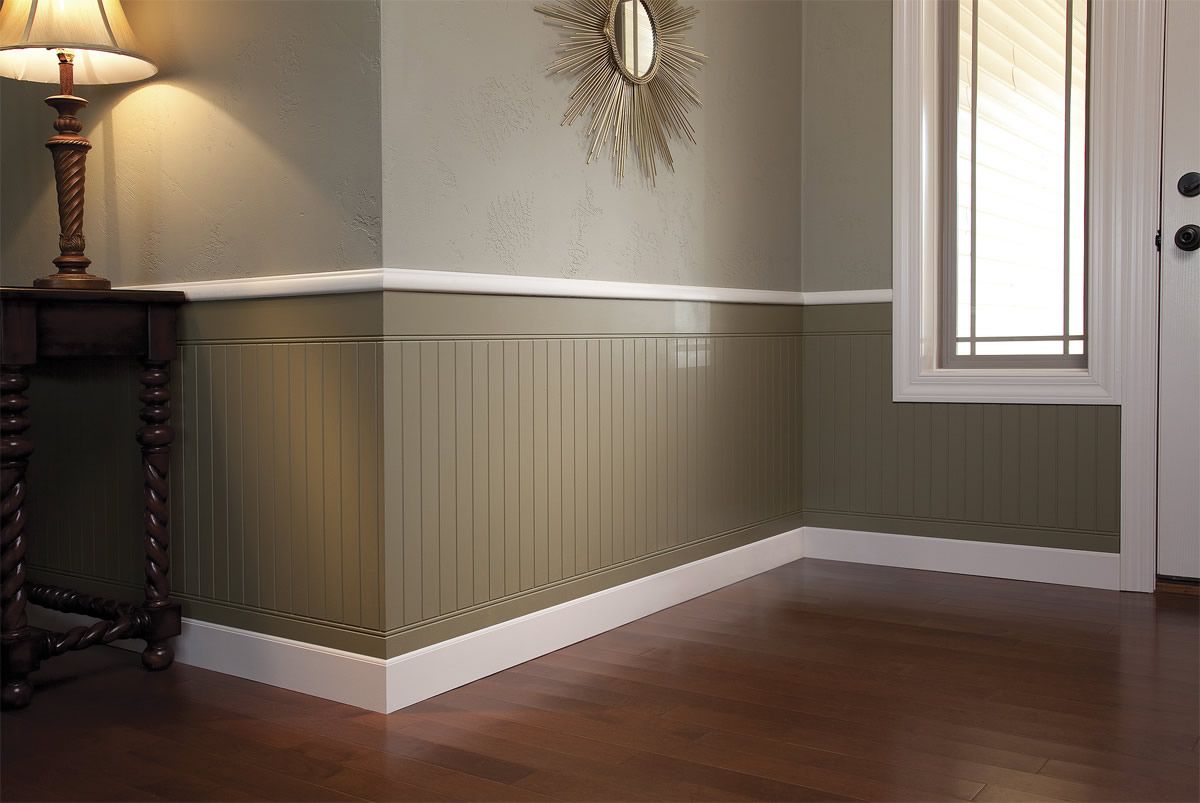
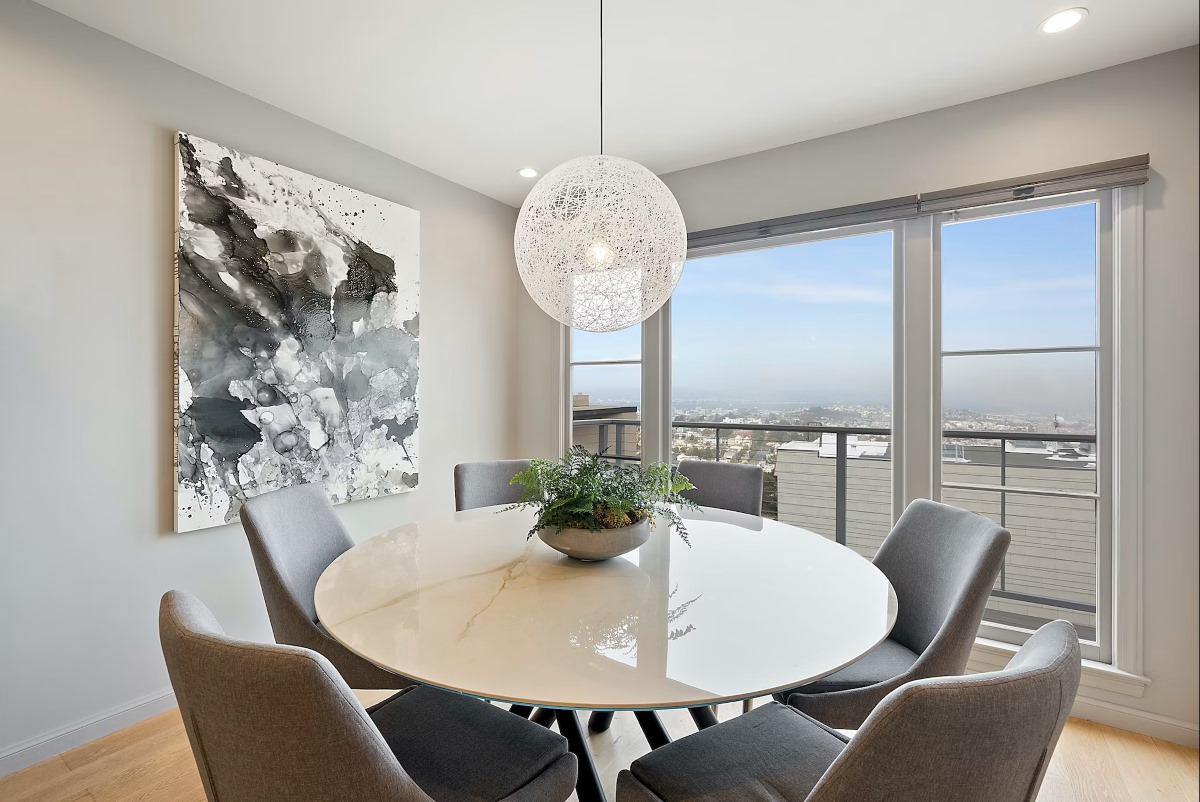
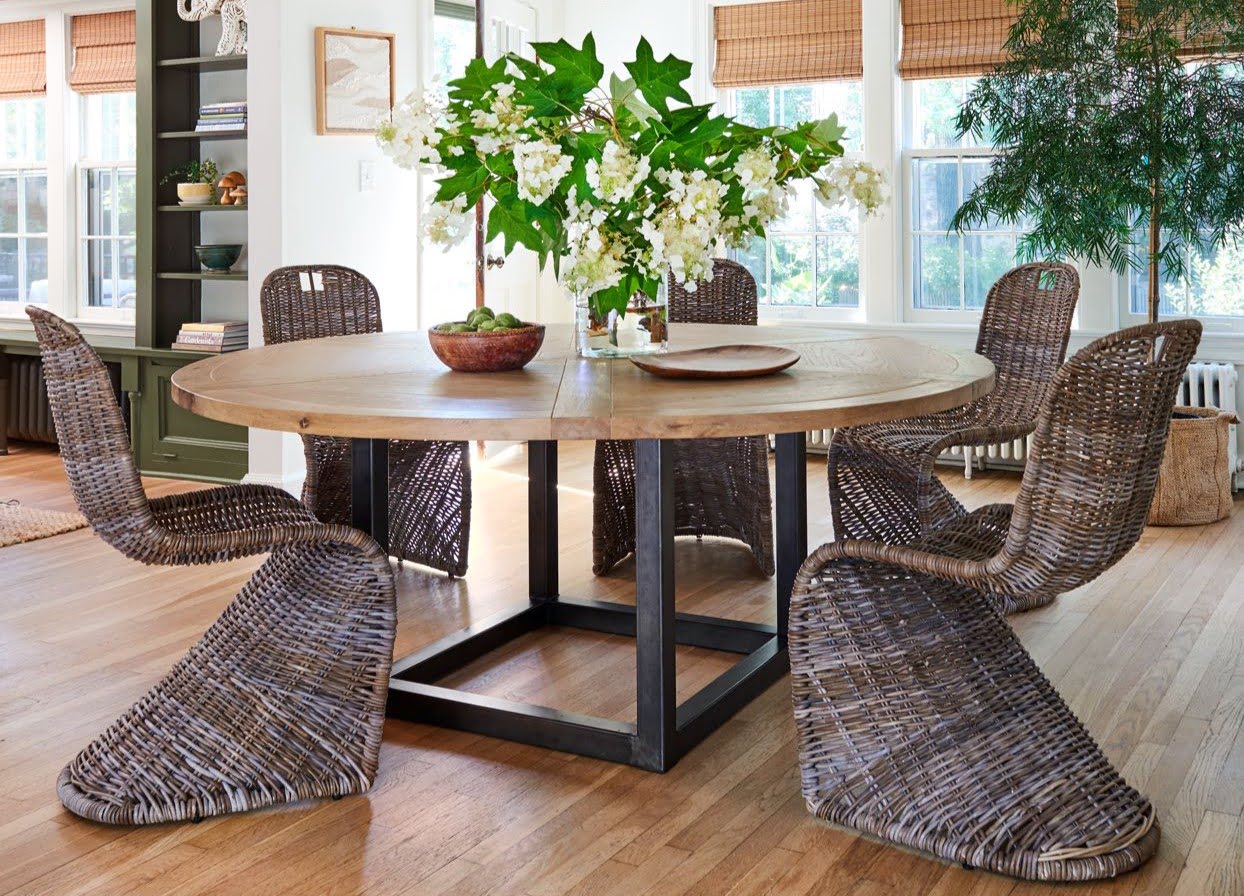
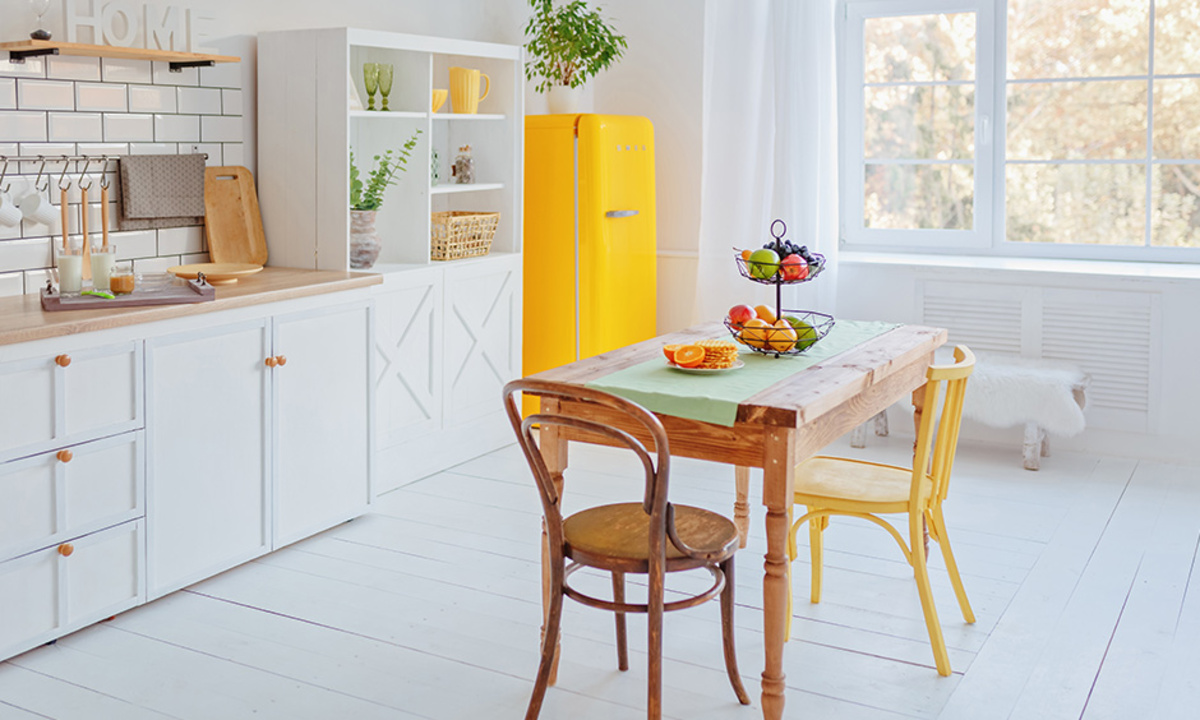
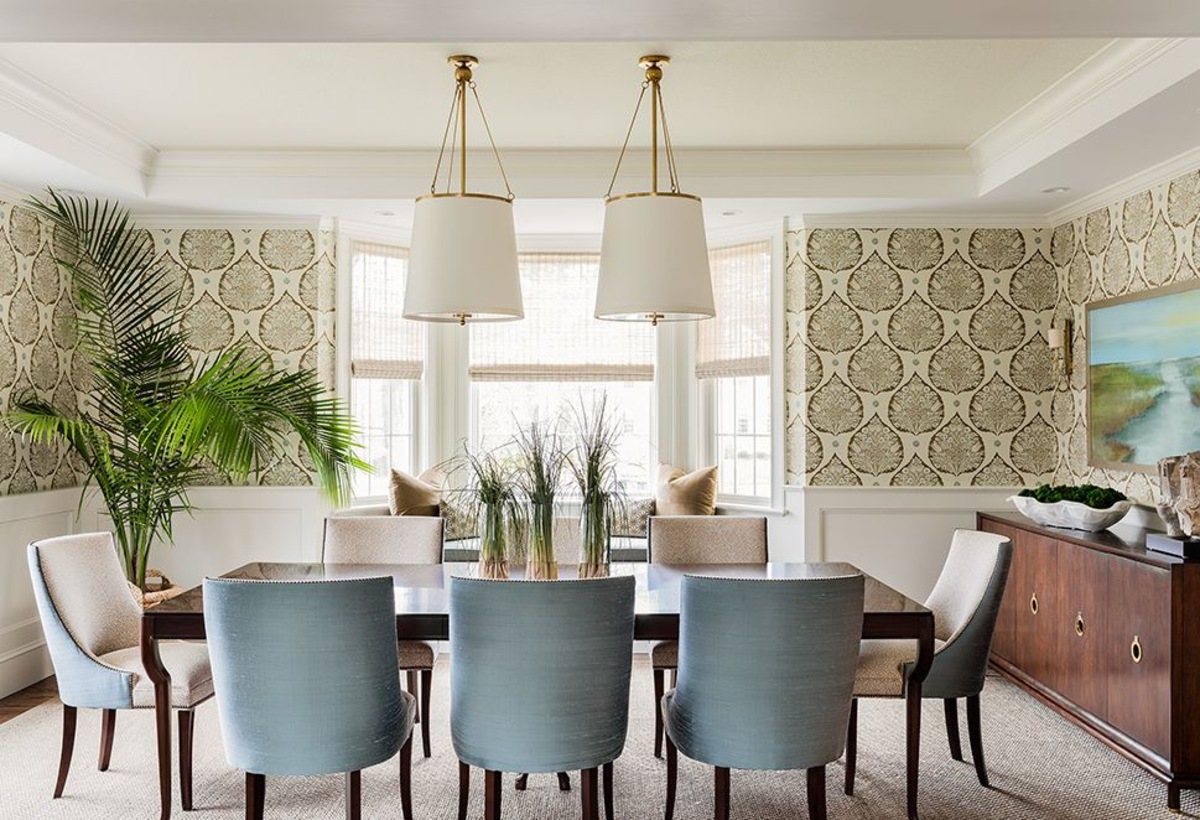
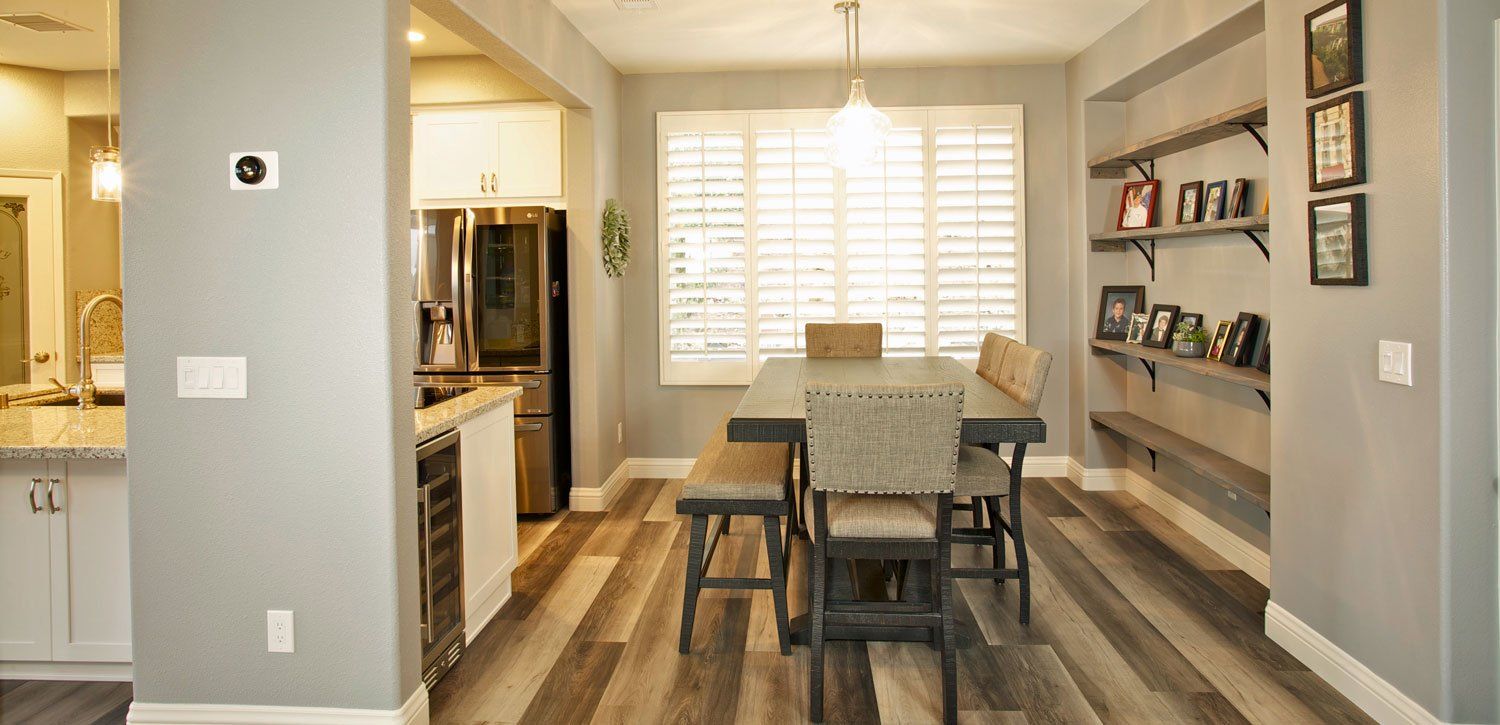
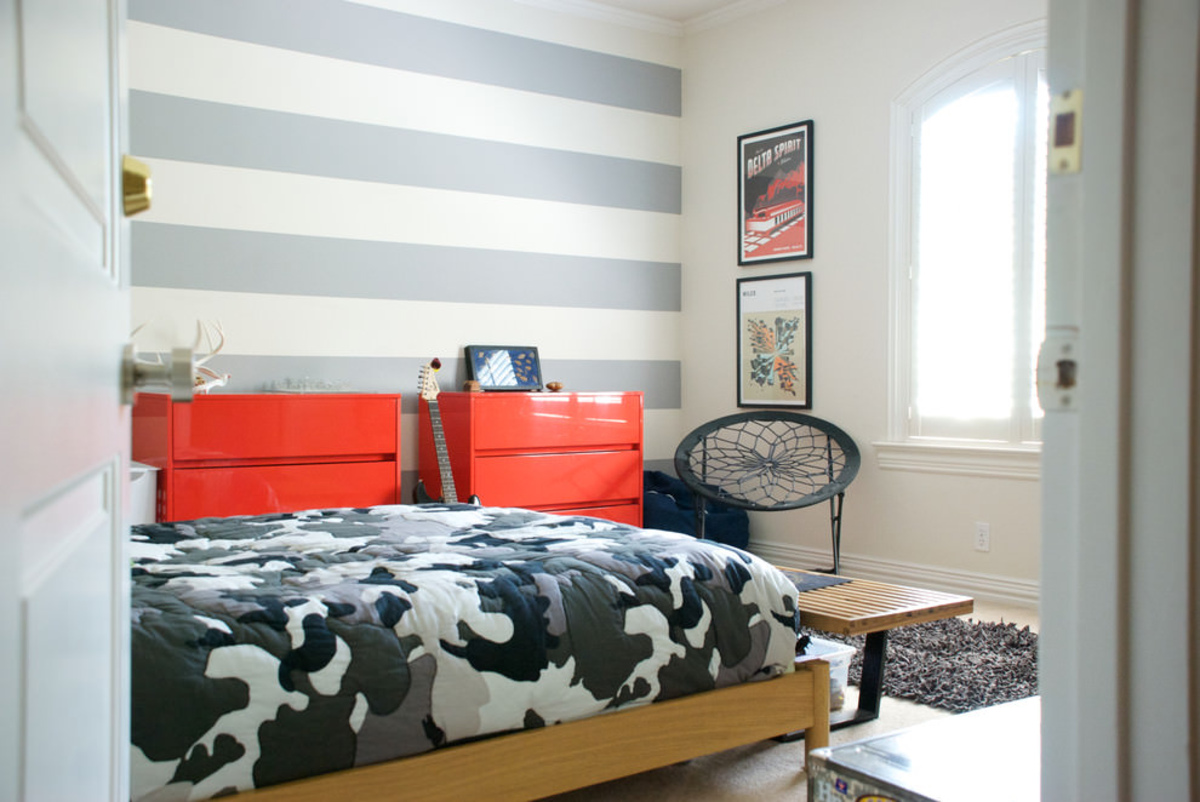
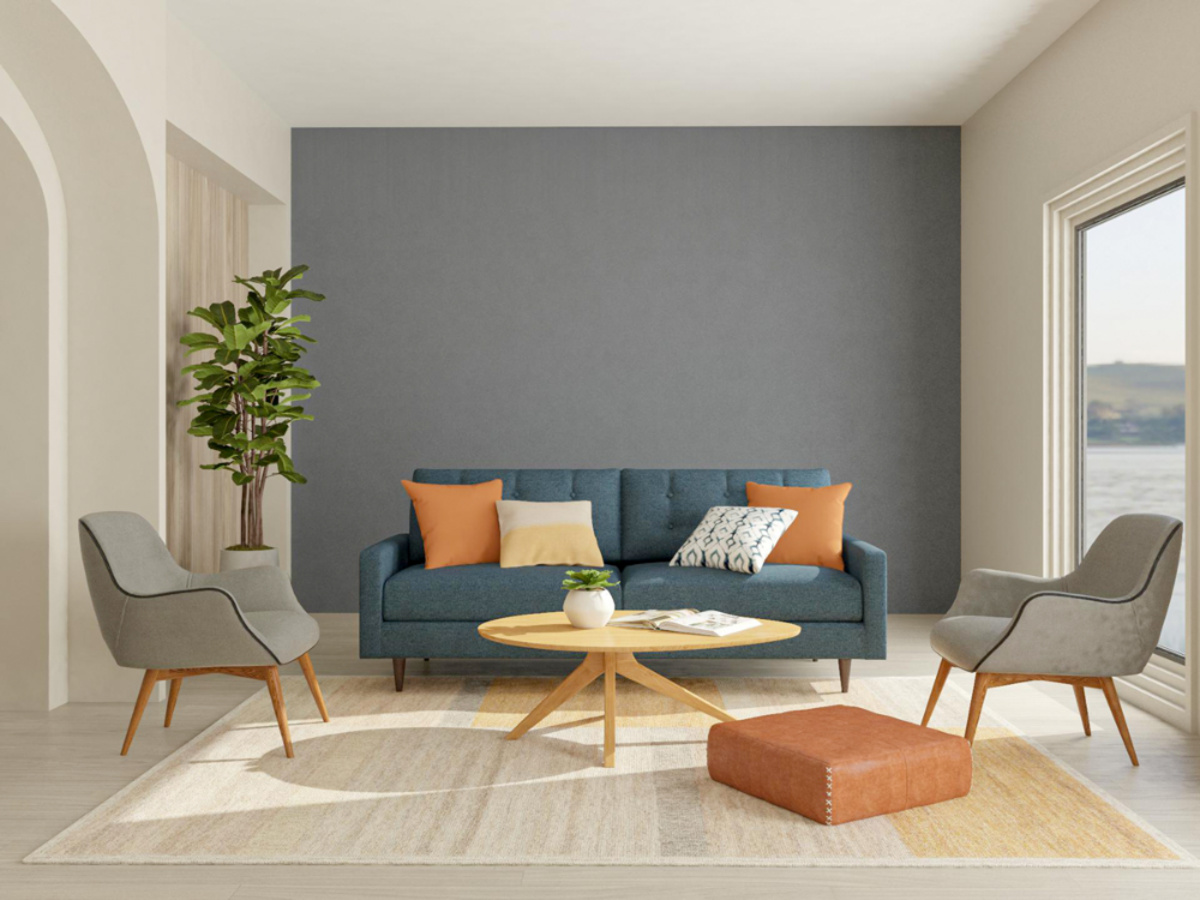

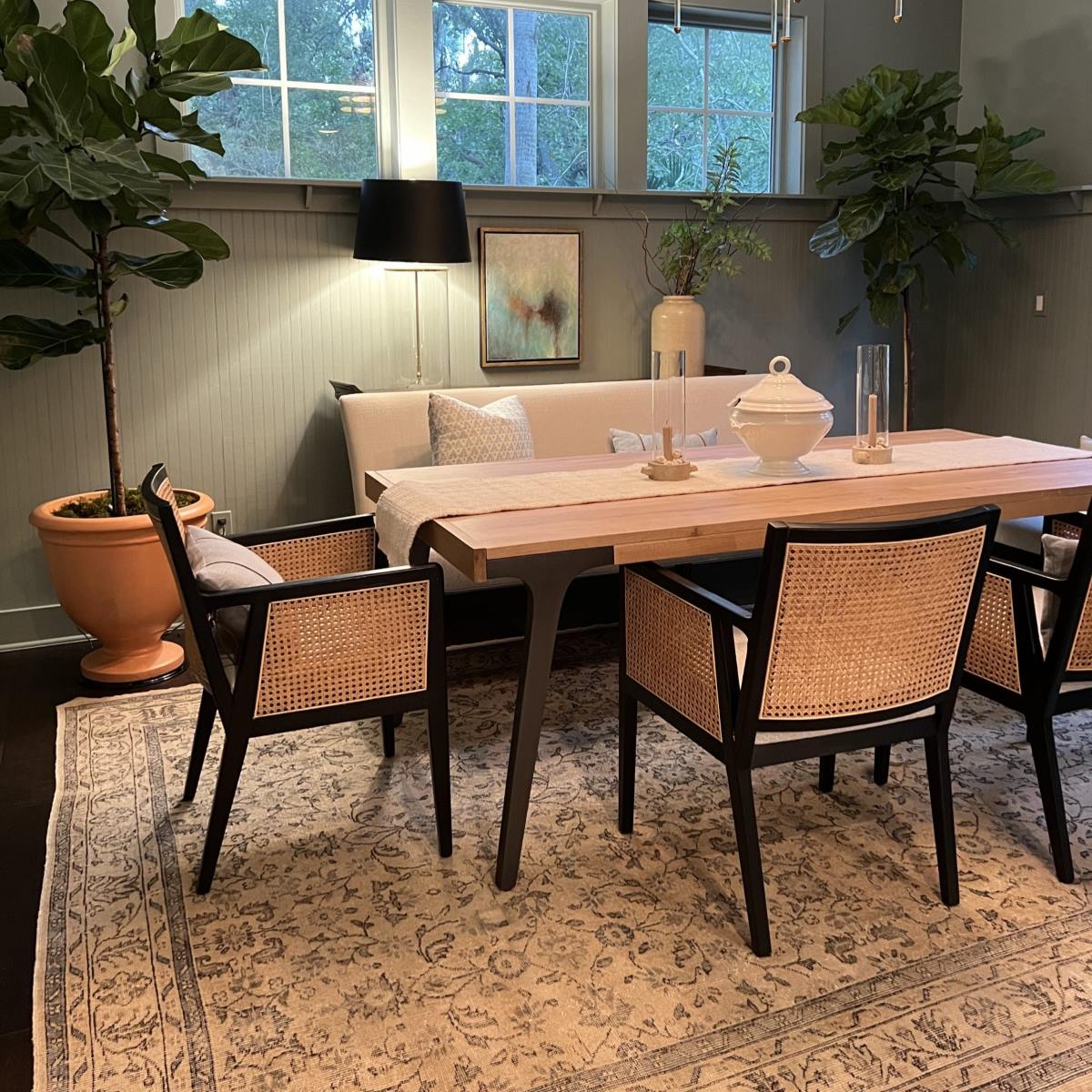
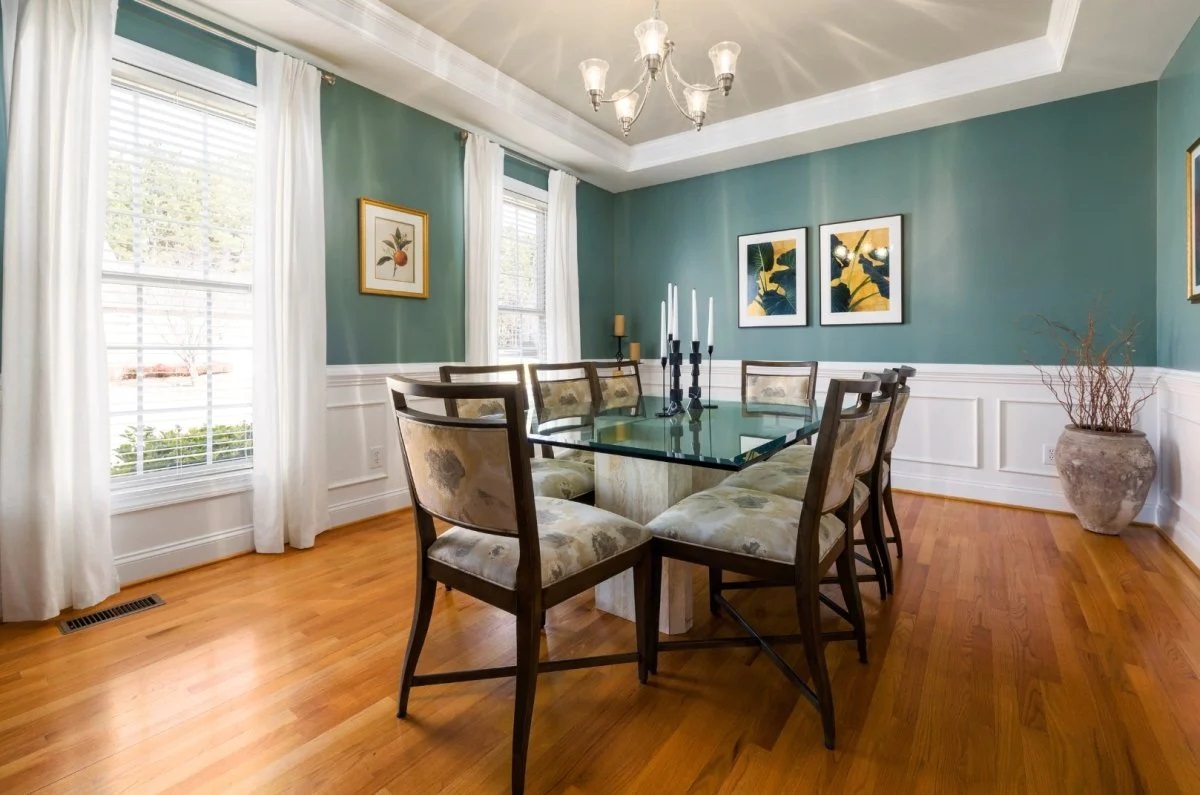
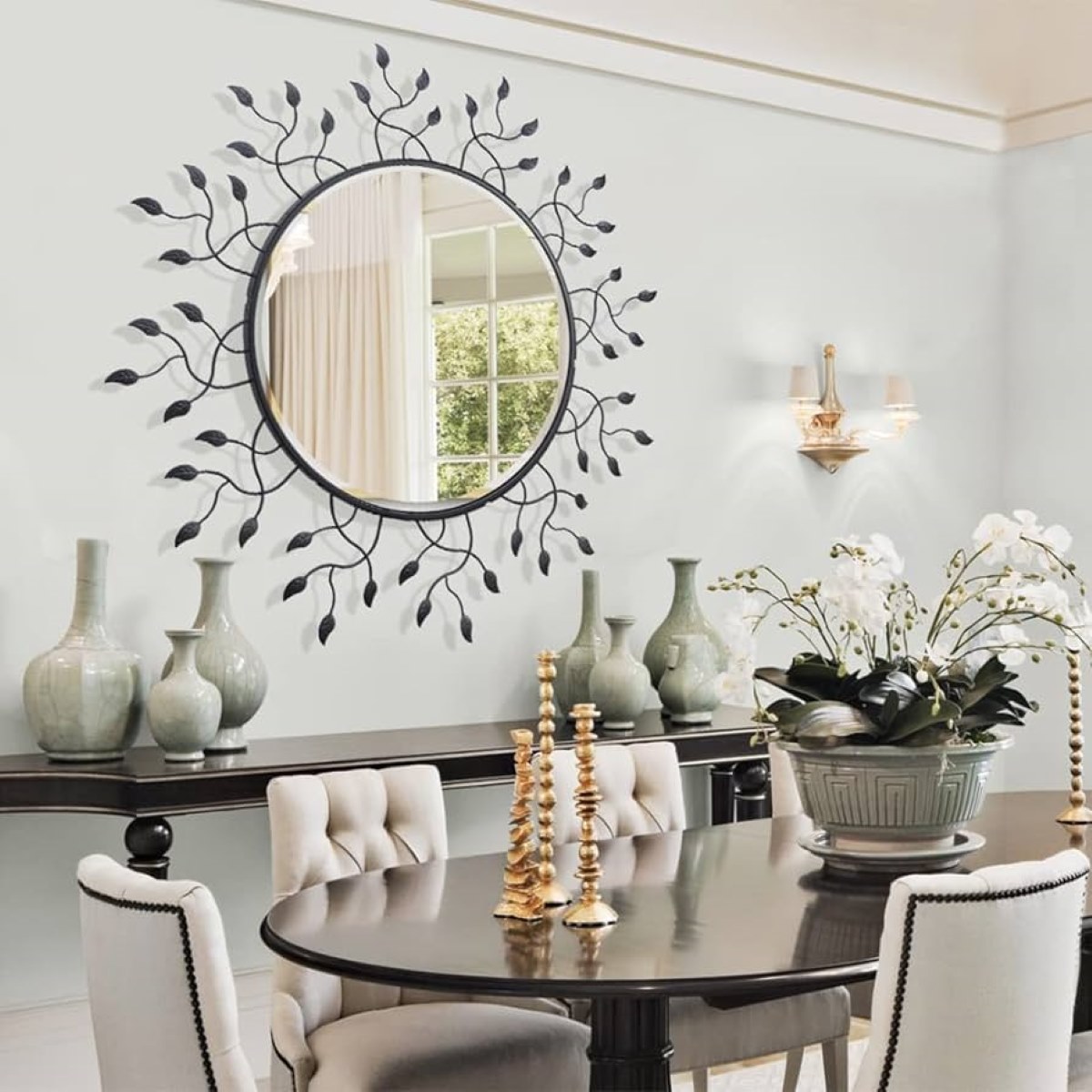

0 thoughts on “Dining Room Wall Ideas: 15 Dazzling Diner Decor Tips”